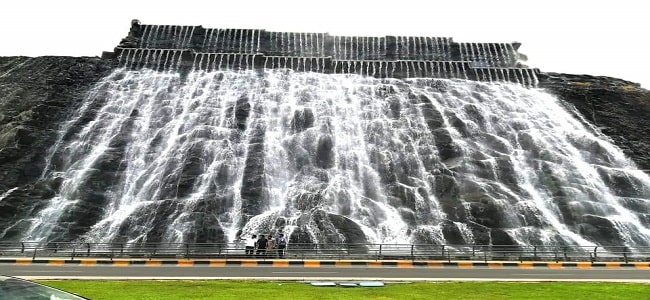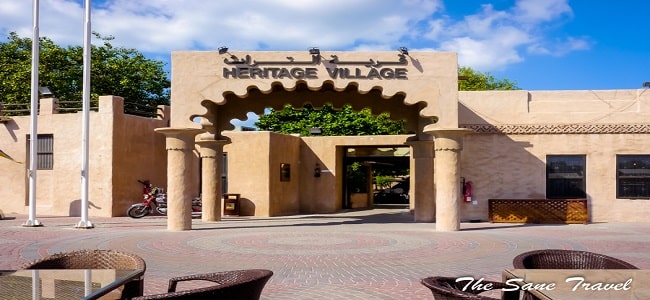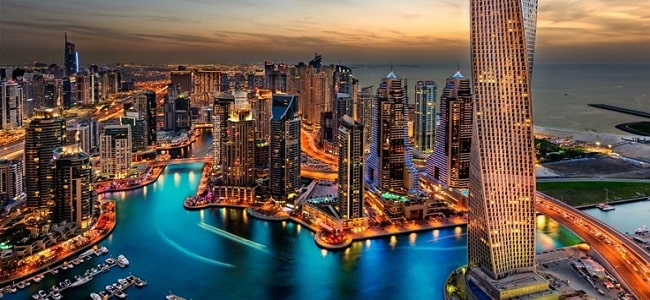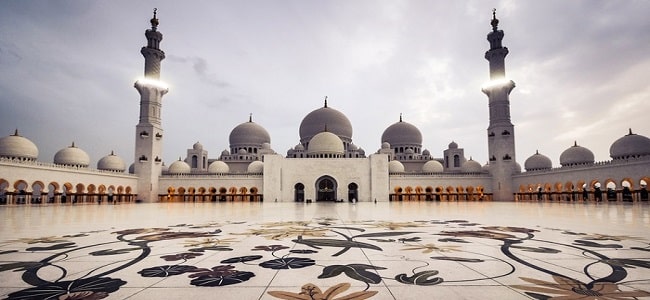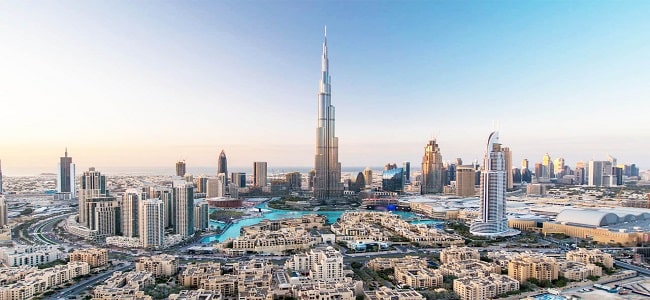Blogs
Louvre Museum Abu Dhabi
The Louvre Museum Abu Dhabi, a remarkable museum located on Saadiyat Island in the United Arab Emirates, stands as a testament to the enduring power of art and culture to bridge gaps between nations and civilizations. Opened in November 2017, this architectural marvel is the result of a collaboration between the French and Emirati governments, marking a groundbreaking cultural partnership. As we delve into the rich tapestry of the Louvre Museum Abu Dhabi, we uncover the history, architecture, collections, and significance of this iconic institution.
A Cultural Marvel
1. History and Collaboration: The Louvre Abu Dhabi is the brainchild of a unique intergovernmental agreement between France and the UAE, signed in 2007. This agreement allowed the UAE to use the Louvre name for 30 years and borrow 300 artworks from French museums over a decade. In return, the UAE agreed to pay $1.3 billion over 30 years for the use of the Louvre name and expertise.
2. Architectural Splendor: The museum's architecture is a masterpiece designed by Pritzker Prize-winning architect Jean Nouvel. The iconic "rain of light" dome, a lattice-like structure comprising 7,850 stars, is perhaps its most striking feature. This dome is not only aesthetically captivating but also serves a functional purpose by providing shade and a unique play of light within the museum.
3. Cross-Cultural Inspiration: The design of the Louvre Abu Dhabi is a fusion of modernity and tradition. The "universal museum" concept aims to present humanity's shared artistic heritage across cultures and eras, reflecting the UAE's commitment to promoting dialogue and understanding between different civilizations.
Collections and Exhibitions
1. Diverse Artifacts: The Louvre Abu Dhabi boasts an impressive collection spanning over 6,000 years of human history. It includes art, artifacts, and historical objects from around the world, from ancient civilizations to contemporary art.
2. Masterpieces on Display: The museum's permanent collection features renowned works of art, including Leonardo da Vinci's "La Belle Ferronnière," Vincent van Gogh's self-portrait, and Edouard Manet's "The Gypsy." These masterpieces are displayed alongside artifacts from ancient Egypt, Greece, and Rome, showcasing the breadth and depth of human creativity.
- Rotating Exhibitions: In addition to its permanent cultural and historical collection, the Louvre Abu Dhabi hosts a series of temporary exhibitions, often featuring loans from prestigious museums worldwide. These exhibitions host a wide range of themes, from the history of art to contemporary cultural phenomena.
Significance and Impact
- Cultural Diplomacy: The Louvre Museum Abu Dhabi represents a successful example of cultural diplomacy, strengthening ties between France and the UAE. It has also set a precedent for international collaboration in the art world, fostering cultural exchange and dialogue.
- Educational Hub: The museum plays a crucial role in education and research, offering workshops, lectures, and programs for all ages. Its innovative approach to interpretation and storytelling allows visitors to engage deeply with the artworks and their historical contexts.
- Tourism Magnet: The Louvre Abu Dhabi has become a significant tourist attraction in the UAE. Its unique blend of art, architecture, and cultural significance draws visitors from around the world, contributing to the region's growing cultural tourism industry.
FAQs:
Certainly! Here are some frequently asked questions (FAQs) about the Louvre Abu Dhabi:
1. What is the Louvre Abu Dhabi?
- The Louvre Abu Dhabi is a world-renowned art and civilization museum located on Saadiyat Island in Abu Dhabi, United Arab Emirates. It is a branch of the Louvre Museum in Paris and features a diverse collection of art and historical artifacts.
2. When did the Louvre Abu Dhabi open to the public?
- The museum was officially opened for the locals and visitors on November 11, 2017.
3. Who designed the iconic dome of the Louvre Abu Dhabi?
- Renowned French architect Jean Nouvel designed the striking dome of the Louvre Abu Dhabi. It is often referred to as the "rain of light" due to its unique lattice-like design.
4. What is the concept of the "universal museum" at the Louvre Abu Dhabi?
- The concept of a "universal museum" at the Louvre Abu Dhabi aims to showcase art and artifacts from various cultures and periods, emphasizing the commonalities and shared human heritage among civilizations.
5. How extensive is the museum's collection?
- The Louvre Abu Dhabi boasts a collection that spans over 6,000 years of history and includes thousands of objects, ranging from ancient artifacts to contemporary artworks.
6. Are there any famous artworks on display at the Louvre Abu Dhabi?
- Yes, the museum features several renowned masterpieces, including Leonardo da Vinci's "La Belle Ferronnière," Vincent van Gogh's self-portrait, and Edouard Manet's "The Gypsy."
7. Does the Louvre Abu Dhabi host temporary exhibitions?
- Yes, the museum regularly hosts temporary exhibitions that cover a wide range of themes, from art history to contemporary cultural topics. These exhibitions often feature loans from prestigious museums worldwide.
8. What educational programs are offered at the Louvre Abu Dhabi?
- The museum hosts a wide range of educational courses including workshops, lectures, and guided tours for visitors of all ages. These programs are designed to enhance the understanding and appreciation of the artworks and their historical contexts.
9. How can I visit the Louvre Abu Dhabi?
- Visitors can book tickets online or purchase at the museum's ticket counter. The museum is typically open throughout the week, but it's advisable to check the official website for the most up-to-date information on hours of operation and ticket prices.
10. What is the significance of the Louvre Abu Dhabi in terms of cultural diplomacy?
- The Louvre Abu Dhabi represents a successful example of cultural diplomacy, fostering strong ties between France and the UAE. It serves as a model for international collaboration in the art world, promoting cultural exchange and dialogue.
11. Is photography allowed inside the Louvre Abu Dhabi?
- Generally, photography is allowed in most areas of the museum for personal use. However, flash photography and the use of tripods may be restricted in certain exhibitions to preserve the artworks.
12. Are there dining and shopping facilities at the museum?
- Yes, the Louvre Abu Dhabi offers dining options where visitors can enjoy a meal with views of the surrounding waters. Additionally, there is a museum shop where visitors can purchase art-related souvenirs and books.
Conclusion
The Louvre Museum Abu Dhabi stands as a testament to the power of art and culture to transcend borders and foster understanding among diverse societies. Its awe-inspiring architecture, diverse collections, and commitment to education make it a cultural jewel not only for the United Arab Emirates but for the entire world. As it continues to host exhibitions, engage with communities, and celebrate the beauty of human creativity, the Louvre Abu Dhabi remains a beacon of cultural enrichment and international cooperation.
